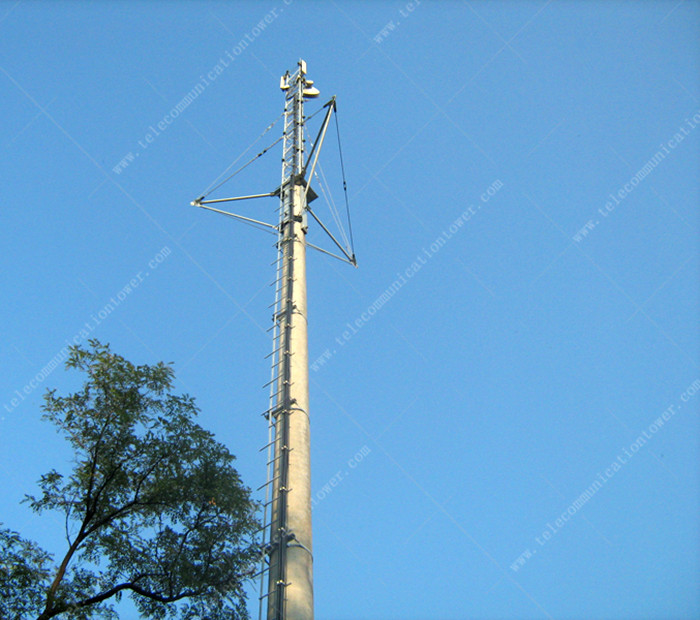What to Do If I Want to Start A Telecom Leasing Business?
With more than 115 million people in the U.S. using cell phones to talk, telecommunications companies continue to expand the number of communications towers to provide better, more complete coverage and capacity. Whether installed on rooftops in urban areas or in vacant lots in sparsely populated communities, cellular antennas are close to perfect for tenants.

Equipment Types
Roof-mounted antennas are typically used in areas with high or mid-rise density, especially where zoning restrictions exist for freestanding towers.
Typically, companies install 2 to 9 antennas either directly on the roof, on the HVAC screen, or fixed to the side of the building. Cables connect the antennas to telecommunications equipment located on the roof or penthouse.
The type of equipment varies by company, but typically requires an equipment shelter of about 10 feet by 20 feet to accommodate communications equipment. If space is available, the company can also install its equipment in the building's mechanical room. If additional cooling is required for the mechanical room, the telco will provide it at its own expense.
Different Towers
Lattice or self-supporting towers require a larger foundation area because there are four support anchors. Typically 150-foot to 250-foot tall lattice towers are less expensive to build than other types of towers.
Tie wire towers are very tall structures, typically 250 feet to 500 feet, used primarily in more rural areas to maximize coverage. The structure is supported by a three-sided tie line and usually requires several acres of land to be leased from the owner.
Monopoles are single poles made up of galvanized metal sections that are stacked on top of each other to obtain the desired height. Typically 50 feet to 175 feet, monopoles have no pulling wires and are smoother than lattice or pulling towers. All cables are concealed within the monopole.

Jiayao Waterproof Durable Service 30 Meter Tower Monopole
The right cell site
Telecommunications companies are highly selective and will choose sites based on the proximity of the property to the identified service problem area. Owners of the tallest buildings or highest hills may assume that the company will take a path to their front door, but this is not the case. RF engineers often avoid sites that are too high in elevation for fear that the tower's signal will interfere with the company's neighboring sites.
In most cases, a company representative researches the service problem area (called a search ring) and identifies potential sites that meet the required criteria (such as zoning and elevation). The representative then contacts the property owner to determine if they are willing to lease.
Necessary Approvals
The telco needs time to obtain all necessary approvals before the lease begins. Typically, the investigation phase requires an environmental audit, soil testing, FCC approval, zoning approval and building permits. Leases usually begin after ground breakup, but time limits can be established.
One of the biggest deterrents to cellular antennas and transmission towers is visual clutter. A growing movement has been initiated by property owners and communities to improve the aesthetics of cellular structures. Cellular antennas can now be designed to be mounted on church steeples, inside flag poles, and mounted on light poles. Trees seem to be the most common camouflage structure. You can view our bionic towers.
JIAYAO CO., LTD. is a professional telecom tower manufacturer and approved by ISO 9001. We are committed to providing customers with the most optimized solutions and the best communication tower. Many products have been exported to USA, Europe and other 55 different counties. Please click the button to get in touch with us.
Comments
Post a Comment